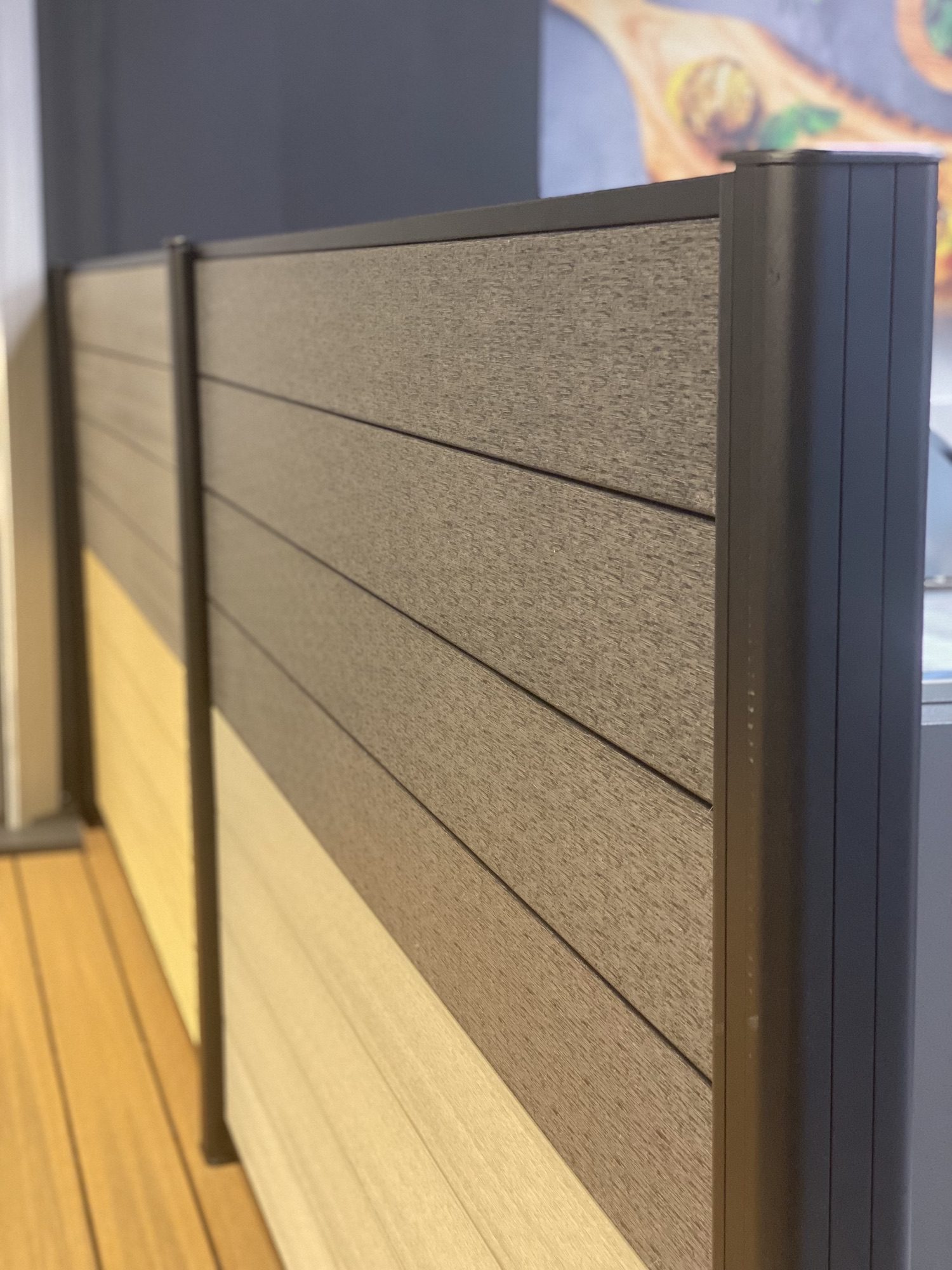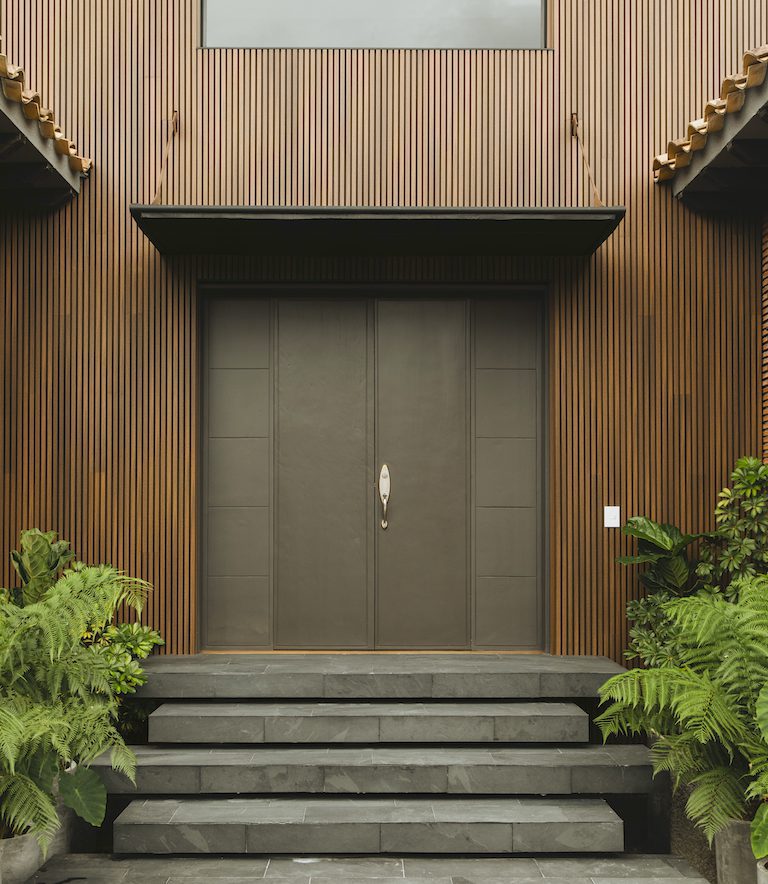Categories : Expert advice, Fencing
By improving safety, providing greater privacy and making outdoor living more enjoyable, a fence adds to your home value and quality of life in many ways. Your choice of material will influence such a project’s upfront cost, ongoing maintenance and long-term durability. Let’s take a closer look at some of your options.
Wood Fence Pros and Cons
Popular and Budget-Friendly
A traditional choice that never goes out of style! Natural wood is a well-known material with which most homeowners feel comfortable working. It’s affordable—though some specialty and exotic wood can be expensive—and can be customized in a wide range of colours and finishes through painting or staining. Individual planks and decorative components that become damaged are usually easy to replace.
Requires Maintenance and Doesn’t Last Forever
For all its qualities, natural wood remains vulnerable to rot, insects, and colour fading. Properly cared for and maintained, a wood fence can last about 15 years, more if using chemically treated lumber. But this typically means yearly sanding and painting or staining, followed by applying a protective coating. Depending on the length of your fence, maintaining it may require anywhere from a weekend to several days every summer or fall.
Vinyl Fence Pros and Cons
Durable and Maintenance-Free
A vinyl fence is composed of light and durable PVC panels joined by posts. Since it’s all plastic, it’s highly resistant to the elements and doesn’t attract insects. Accordingly, its durability is much better than wood, and you can expect a vinyl fence to last 20 to 30 years. If the product is coloured to its core (as opposed to a superficial factory coating), scratches and wear won’t affect its appearance. A vinyl fence usually doesn’t require much maintenance except for a quick wash if mould or growing mildew on its surface.
Plastic Has Its Downsides
Even when embellished by a wood finish, vinyl remains plastic. Its colour will fade from exposure to the sun. If your goal is to achieve a traditional look to complement your home, vinyl may not bring out the warmth and the classic feel you want. And while a vinyl fence can be highly resistant, should it become damaged (such as from a falling tree branch during a storm), you’ll need to replace an entire panel rather than individual boards.
Wood Composite Fence Pros and Cons

The Best of Both Worlds
Wood composite fences are made of a mix of recycled plastic and recycled wood fibres, engineered to obtain a final product that looks just like natural wood—and even feels pretty close. NewTechWood provides a range of timeless colours, as well as different board profiles, making it suitable for several different applications. The material is coloured all the way through, removing any need for painting or staining.
Composite is both light and dense, making it durable. It doesn’t rot, doesn’t attract insects, requires zero maintenance, and doesn’t fade—thanks to the UltraShied technology. If a plank or a panel of your fence, deck and siding is damaged, you can replace it individually. NewTechWood products are backed with a 25-year warranty and could potentially last longer than your home itself.
A Long-Term Investment
Wood composite requires more upfront investment than vinyl and most lumber, yet its cost remains comparable to some premium hardwood species such as ipe. The longer you plan on staying in your home, the more value you’ll get out of wood composite by saving on yearly maintenance and potentially never having to install a new fence.
Accordingly, your fencing project should be planned carefully as part of the bigger picture. Take into account your current outdoor needs and how they could evolve over the years. If you expect to add a composite deck with screens and partitions for entertaining, you should make sure it blends harmoniously with the fence you’ll be building first. And make sure to pick colours you’ll still enjoy decades down the road!
Composite Fence Ideas to Get Inspired
Composite Fencing for All Styles
Whether you’re looking to build a traditional fence to increase your house’s curb appeal, put up privacy screens in your backyard or mark clear boundaries on a country lot, wood composite blends itself to a wide range of applications.
See how wood composite could help you build the perfect outdoor space. Take a look at our Design Ideas gallery and our Pinterest and Instagram to find some inspiration.




